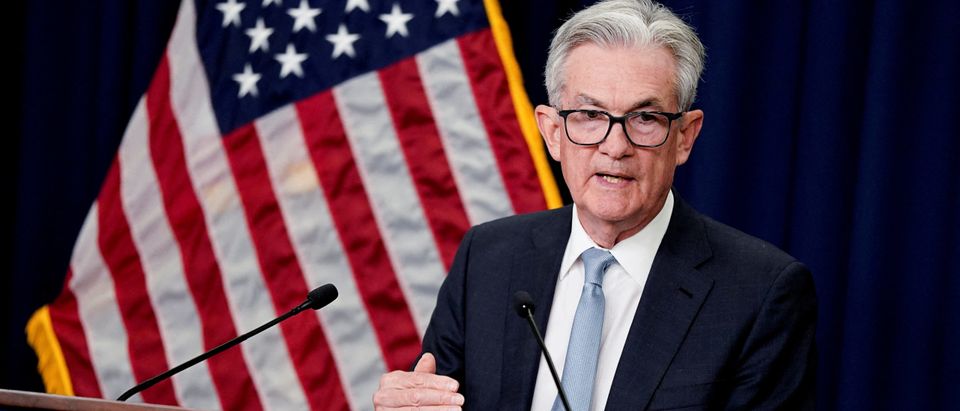Wholesale inflation exceeded economists’ expectations in September, according to the Bureau of Labor Statistics’ (BLS) Producer Price Index (PPI), with core prices staying high despite efforts from the Federal Reserve to rein in inflation.
The index increased 0.4% for the month, while the Dow Jones had only estimated a 0.2% gain; prices rose 8.5% year-on-year for final demand goods and services, down from 8.7% in August but higher than expectations of an 8.4% increase, according to the BLS. Final demand prices not including food and energy, or “core” prices, rose 7.2% year-on-year in September. (RELATED: The Fed’s Favorite Inflation Indicator Just Spiked Even Higher)
“Prices for final demand goods moved up 0.4 percent in September after decreasing 1.1 percent in August,” the BLS report reads. “Sixty percent of the advance is attributable to a 1.2-percent increase in the index for final demand foods.”
Annual inflation on final demand less food and energy, as measured by the PPI, has fallen each month since peaking at 9.2% in March. Inflation less food and energy, the cost of which can be discounted to create a “core” inflation metric that discounts the more volatile prices in food and energy, has held steady or been on the rise in recent months, according to two key government measures.
Inflation has never come down without the Fed bringing the funds rate above core inflation. Such necessary tightening has historically been followed by a recession and an increase in the unemployment rate of at least 2.5 percentage points. 6/6
— Lawrence H. Summers (@LHSummers) October 11, 2022
The Consumer Price Index (CPI), which measures typical prices faced by urban households, saw core prices rise 6.3% year-on-year in August, up from 5.9% in June and July, according to the BLS. The Personal Consumption Expenditures Price Index (PCE), which includes rural households and captures a wider variety of consumers, has seen annual inflation of core prices fluctuate near 5%, falling briefly in July to 4.7% before rebounding to 4.9% in August, according to the Bureau of Economic Analysis (BEA).
The Federal Reserve’s campaign of aggressive interest rate hikes is widely expected to weaken the labor market, with Bank of America’s Chief U.S. Economist Michael Gapen predicting both that unemployment will hit 5% and that the U.S. will enter a recession as inflation is brought under control.
All content created by the Daily Caller News Foundation, an independent and nonpartisan newswire service, is available without charge to any legitimate news publisher that can provide a large audience. All republished articles must include our logo, our reporter’s byline and their DCNF affiliation. For any questions about our guidelines or partnering with us, please contact licensing@dailycallernewsfoundation.org.


